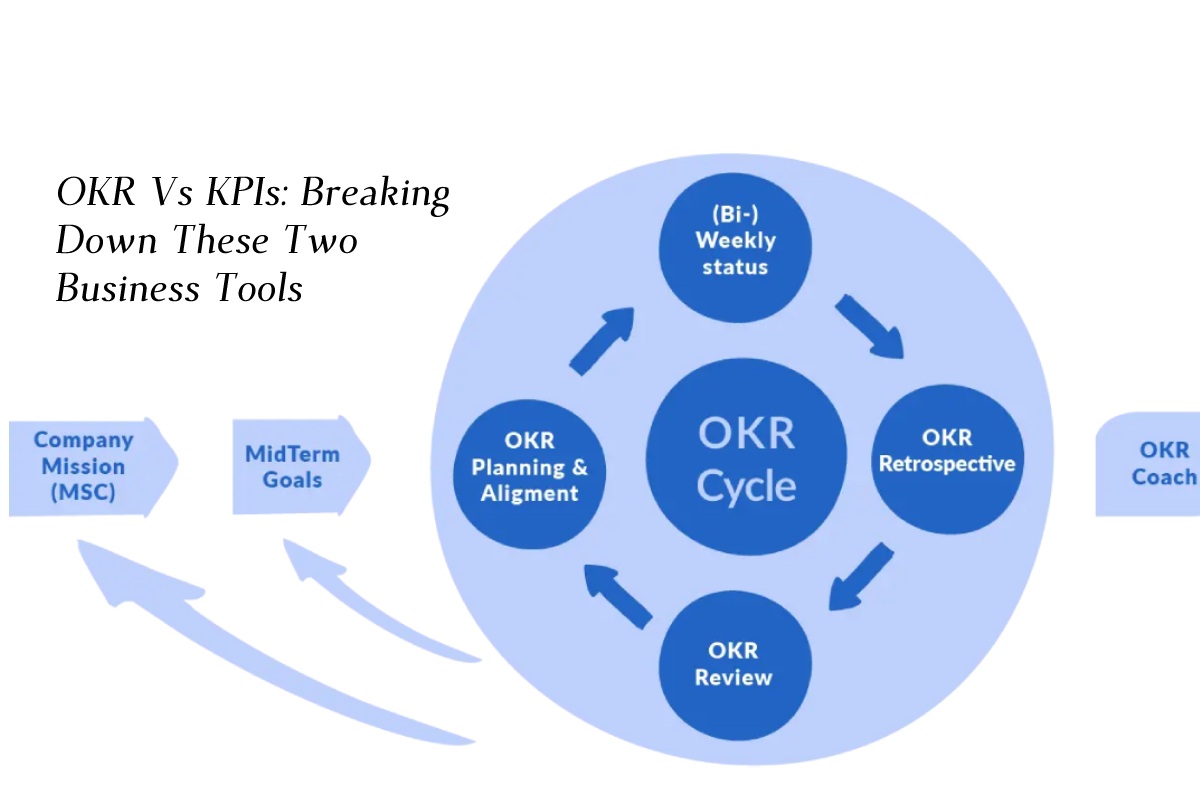OKRs and KPIs are two very common business tools. However, some people tend to confuse them, which affects their business operations. This guide will help you understand the differences between OKR and KPIs and understand how each one of them works.
Table of Contents
What Is a KPI?
Also known as key performance indicators, KPIs play a vital role in a company setting. They are used to evaluate the performance of a company, program, individual, project, or investment, among others. As much as there might be plenty of outliers, key performance indicators should;
- Direct where to focus company resources
- Link the mission to strategic objectives
- Be measured against the set targets
Understanding the key features of OKR vs KPI is vital for the evaluation of all indicators. It is highly recommended that you work with KPIs that are measurable. This is helpful because adding quantitative value to KPIs makes it easier to provide context. Besides, the OKR vs KPI evaluation helps you compare performance in whichever dimensions. Even though it is possible to create qualitative KPIs, it is not advisable. This is because such structures can lead to confusion while evaluating the subjective interpretation of data.
What Is an OKR?
In the OKR vs KPI context, you should know what OKRs stand for. OKR stands for objective and key results. In this sense, every objective is tied to the key results. While OKRs are strategic frameworks, KPIs are measurements that operate within a framework. Unlike its counterpart, an OKR uses simple and specific metrics to evaluate the performance of a goal. From a general point of view, organizations have around three key results per objective. Keep in mind that the key results are graded numerically to obtain an ideal performance evaluation. This is key to getting the best out of OKRs. All OKRs are:
- Timelined
- Always quantifiable
- Can be scored on a scale of 0-100 or 0-10.
The OKR vs KPI Comparison
OKRs and KPIs are both very popular. The OKR framework was first used by Intel and Google. Besides, the framework has also been used by LinkedIn, Amazon, and Spotify for goal management. Generally, this framework is common among hugely successful companies. In the OKR vs KPI debate, the former is an excellent fit for companies specifically focused on growth. While this might seem confusing, sometimes a company’s KPIs are the same as its OKR framework. However, it is vital to draw a line between the two frameworks when it comes to implementation.
In terms of goal setting, KPI goals are realistic, easily attainable, and tend to represent the output of a project or process. On the other hand, OKR goals are more aggressive and ambiguous than KPI goals.
Implement KPIs and OKRs To Improve Your Efficiency
It is vital to implement OKRs and KPIs in company operations. However, it is also helpful to know the difference between the two frameworks. While OKR goals are needed to be bold, they should not be unreachable. Therefore, when setting these goals, ensure they can be attained within a short period.




